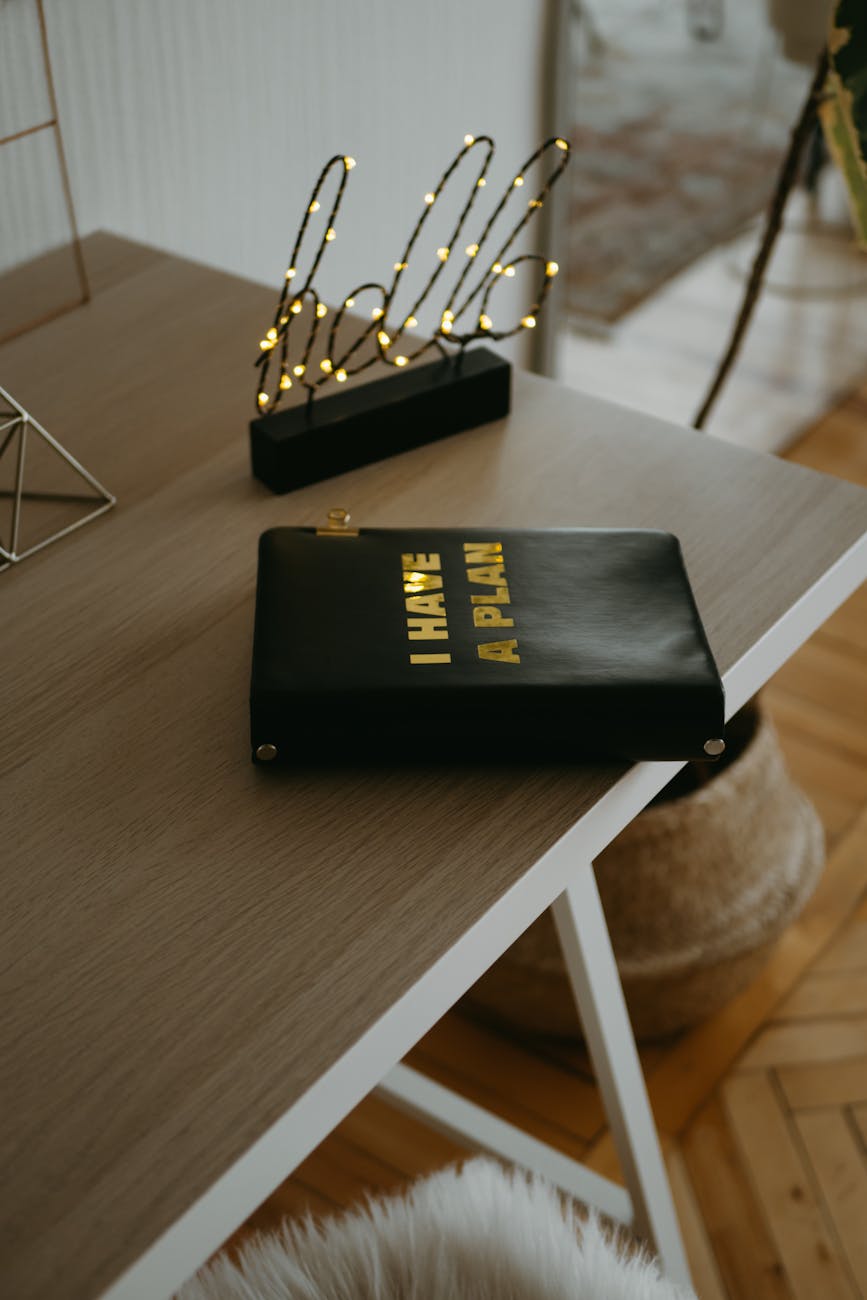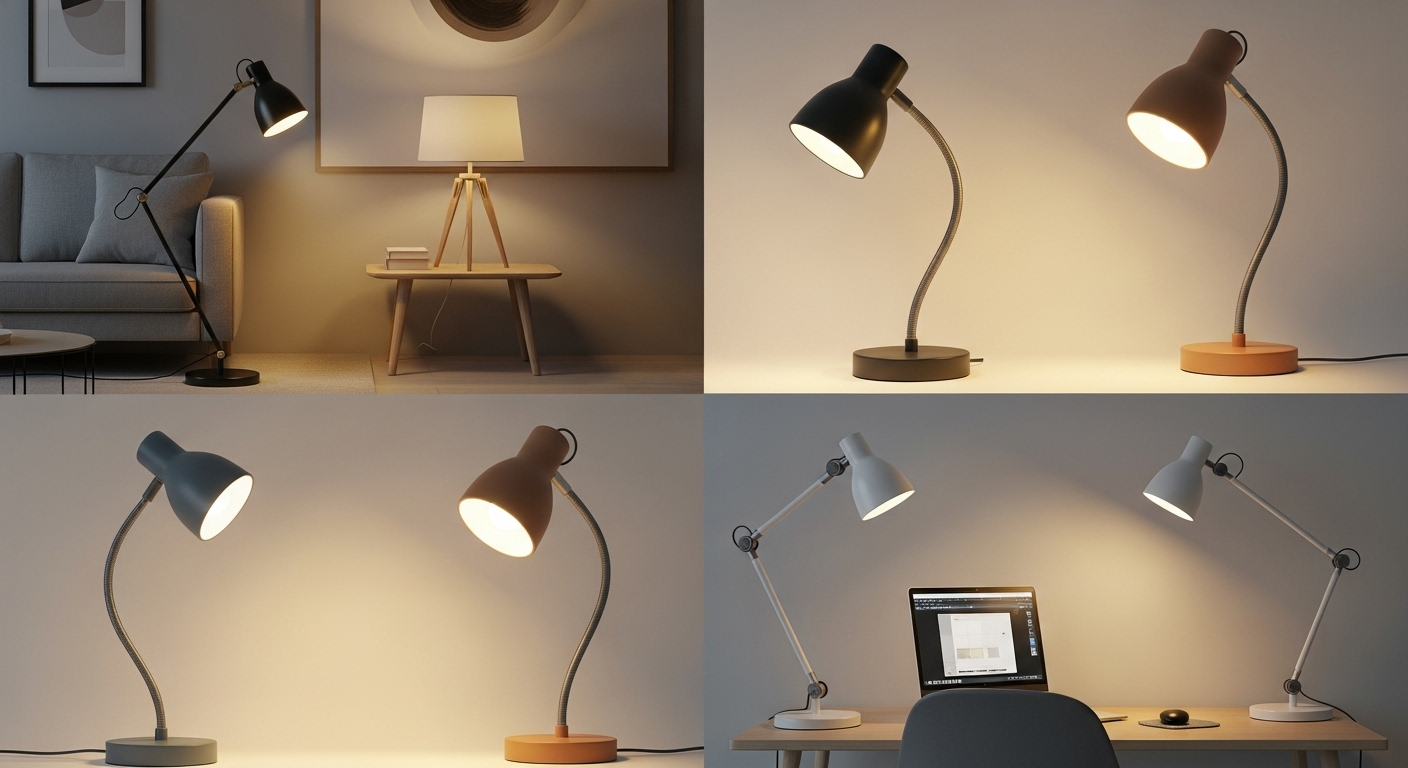The Ultimate Guide to Lighting a Home Office
In the evolving landscape of workspaces, the home office has transitioned from a makeshift corner to a vital component of productivity. While comfortable furniture and efficient layouts are crucial, lighting plays a pivotal role in shaping a productive home office environment. The right lighting not only enhances your ability to focus but also reduces eye strain and fatigue. Here’s your ultimate guide to mastering home office lighting.
Understanding the Importance of Good Lighting
Proper lighting is essential for any workspace. It helps in minimizing distractions, maintaining energy levels, and increasing concentration and productivity. Poor lighting can cause eye strain, headaches, and can even negatively impact mood and energy levels. Therefore, investing in the right lighting solutions for your home office is an investment in your health and productivity.
Types of Lighting
When planning your home office lighting, consider incorporating a mix of the following types:
- Ambient Lighting: This is the general lighting that illuminates the entire space. It’s typically overhead lighting, such as ceiling fixtures or pendant lights, that create an even distribution of light throughout the room.
- Task Lighting: Designed to provide light for specific tasks like reading, writing, or computer work. Desk lamps are a common example, often adjustable to suit individual needs.
- Accent Lighting: This type of lighting is used to highlight specific areas or objects within a room, such as artwork or plants, adding depth and interest to your workspace.
- Natural Lighting: Whenever possible, maximize the use of natural light. It improves mood and productivity, and it’s free!
Tips for Effective Home Office Lighting
To optimize lighting in your home office, consider the following tips:
- Position Your Desk Near a Window: Make the most of natural light by positioning your desk near a window. This reduces the need for artificial lighting during daytime and boosts your mood.
- Layer Your Lighting: Combine ambient, task, and accent lighting to create a dynamic and flexible lighting design that caters to various tasks and times of the day.
- Invest in Adjustable Fixtures: Flexibility is key. Use adjustable lamps and fixtures to direct light where you need it, reducing glare and providing tailored illumination for specific tasks.
- Consider Color Temperature: Cooler light (around 5000K) is ideal for daytime use, as it simulates daylight which keeps you alert. Warmer light (around 2700K) is more relaxing, perfect for winding down in the evening.
- Use Dimmer Switches: Installing dimmers can significantly enhance the adaptability of your lighting setup, allowing you to adjust the intensity based on time of day and task.
Common Mistakes to Avoid
When configuring your home office lighting, avoid these common pitfalls:
- Relying Solely on Overhead Lighting: This can cause shadows and create a flat, uninspiring workspace. Always combine with task and accent lighting.
- Ignoring Glare on Screens: Position lights to avoid glare on computer screens, which can cause eye strain and discomfort.
- Overlooking Light Bulb Choices: Not all bulbs are created equal. Pay attention to wattage, color temperature, and energy efficiency to select the best options for each type of lighting.
Conclusion
Effective lighting can transform your home office from a simple workspace into a hub of productivity and comfort. By understanding the different types of lighting, strategically layering light sources, and avoiding common mistakes, you can create an environment that fosters focus, reduces strain, and enhances your overall well-being. Take the time to assess your current setup and make the necessary changes to enjoy the benefits of a well-lit home office.





